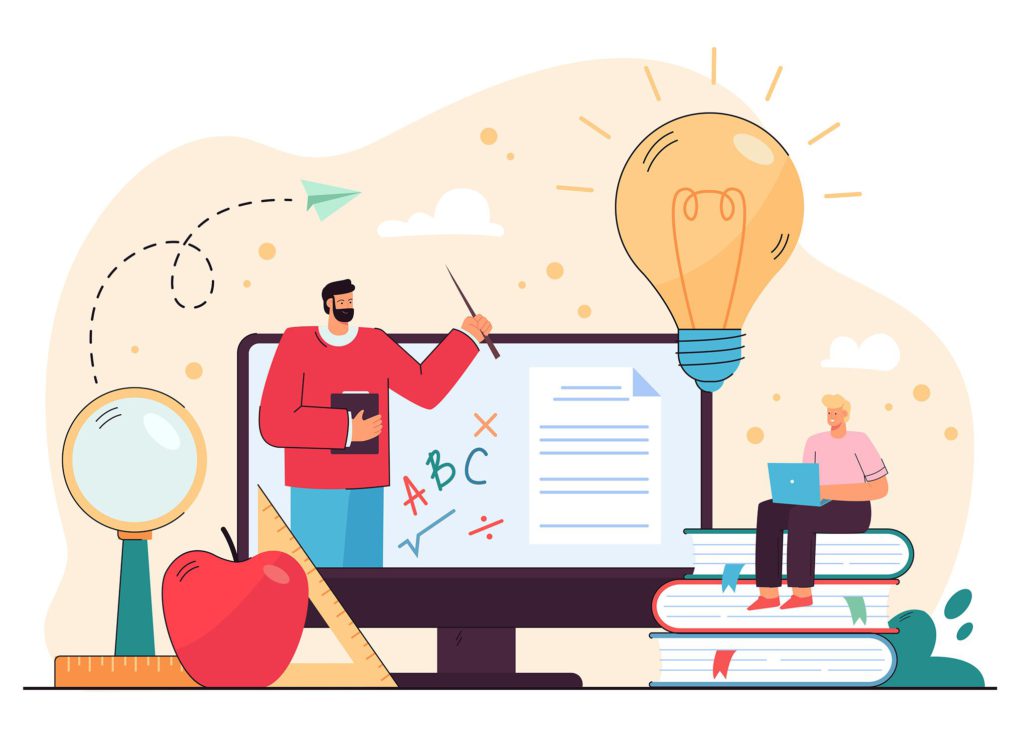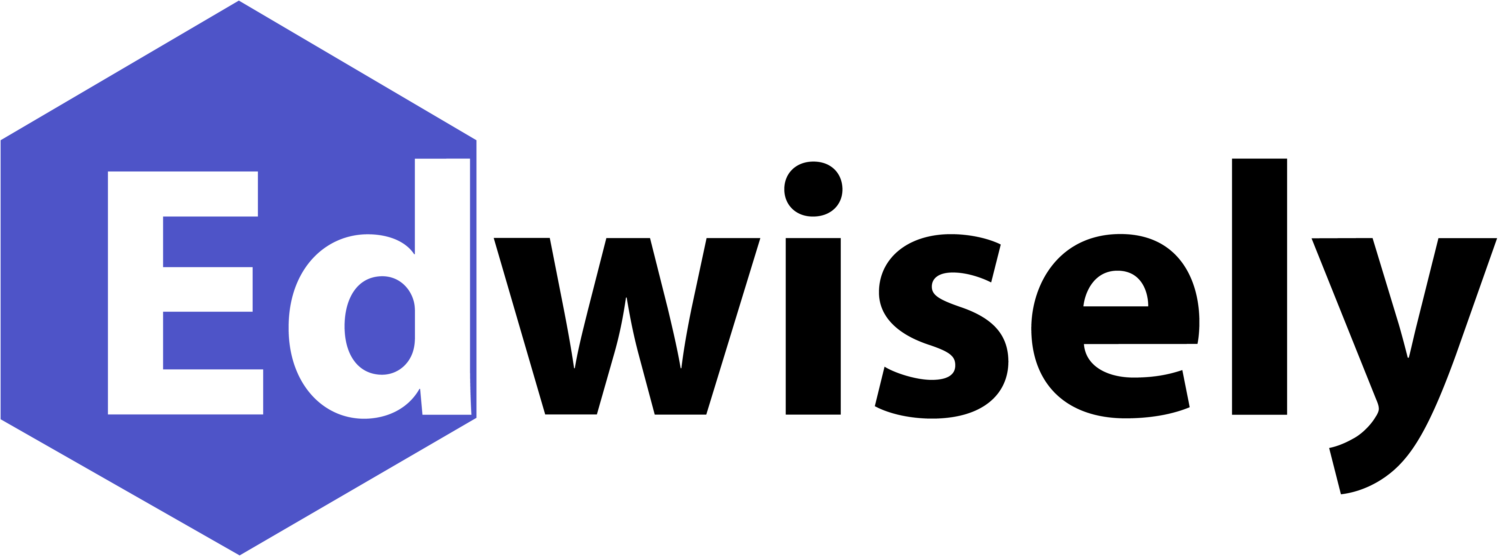
Online learning is now mainstream and growing; no longer a trend but an accepted method of teaching-learning. This development offers EdTech companies the opportunity to devise solutions to create meaningful impact.
E-learning is the present. What then is the future of education?
According to the NEP 2020, Personalized Learning is the future of education. To look ahead we must look back; our ancient history holds the key to unlock the doors of a better tomorrow.
Among the world’s oldest civilizations, ancient India was a world-renowned center of higher learning, home to Nalanda and Taxila, two of the oldest universities in the world. Personalized education was an established practice and the hallmark of the traditional Indian education system.
Stories from Indian epics like Ramayana and Mahabharata enlighten us about the importance of the teacher’s role in understanding the individual needs and abilities of students and personalizing teaching accordingly.
Let’s consider the successful application of seemingly modern/contemporary practices in the Mahabharata:
Remote/Virtual Learning
The ancient Gurukul tradition sowed the seeds of what we know as “personalized” and “virtual” learning today. We have heard how Ekalavya trained himself by observing Guru Dronacharya. This is exactly what students do in remote learning or virtual learning today. The difference being that today technology and the internet allow us to observe/read/watch/listen and learn while transcending barriers of time and space while Eklavya observed his Guru from a short distance away.
Bringing Personalized Learning to Life
The Pandavas were brothers yet their abilities, interests, and personalities were very divergent. Guru Dronacharya understood the key attributes and strengths of each of the Pandavas and personalized his teachings accordingly.
Guru Dronacharya honed the innate skills of each of the Pandavas. Arjuna became a great archer and gathered most of his knowledge about archery from the Devas. Yudhishtir, a prudent politician was ingenious and dedicated to the path of Dharma hence he was called Dharmaraja. Bhima was courageous and fearless. His physical strength at that time was unmatched. Nakula was adept at training animals. Sahadeva, a key tactical planner among the Pandavas had immense knowledge of astrology.
Understanding Student Personas
In order to make history, we need to ditch the “One Size Fits All Approach’‘ and understand that our classrooms are not a homogeneous set but comprise different student personas. Guru Dronacharya succeeded because he did not treat the Pandavas alike simply because they were a family.
Similarly, all students cannot be the “same” even if they’re in one class. Comprehending each students’ learning abilities and aptitudes helps teachers fine-tune their teaching to create better learning outcomes. Students may be curious and eager to learn, distracted or confused, overconfident, job-focused, or value-directed.
Now the bigger question is, “Can we guide the current education system and make it interactive?”
A curious learner must be supplied with regular updates on his/her progress, a distracted student can be engaged with examples to enhance conceptual understanding, job-focused students must be encouraged to network and explore opportunities, overconfident students must be provided with regular feedback to dispel misconceptions and value directed learners absorb better when enlightened about contextual and practical application.
What is the Student’s Role in this?
Stories like the much chronicled bird’s eye story, showcase Arjuna’s focus and concentration reflect the importance of a strong will, determination, and hard work in students. Personalized learning can deliver results only when the student does his/her part.
How can technology empower Teachers to deliver Personalized Learning?
A skewed teacher-student ratio means that personalized learning in today’s classrooms is much more complex when compared to Guru Dronacharya who had 5 disciples. It becomes humanly impossible for a teacher to understand the needs of each student in the class because of the sheer number of students.
This is where the power of AI (Artificial Intelligence) can be harnessed to give teachers quick, complete, and regular inputs on students’ personas and how they are evolving.
EdTech can Shape the Future by Connecting to the Past
Our epics provide timeless solutions and inspiration to help us to excel in modern judiciary, administration, taxation and more importantly Teaching and Learning.
EdTech in India can equip teachers to build an empowered and employable workforce. The roots of “Make in India” and “Made in India” lie in our classrooms and it is teachers who build the nation. The foundations of a bright future rest on how we connect with the past.
Education that can clearly provide context, personalize to their needs and continuously engage and guide students to their goals, has always delivered the best results.
Let’s Unlock the Future with Keys from the Past.

